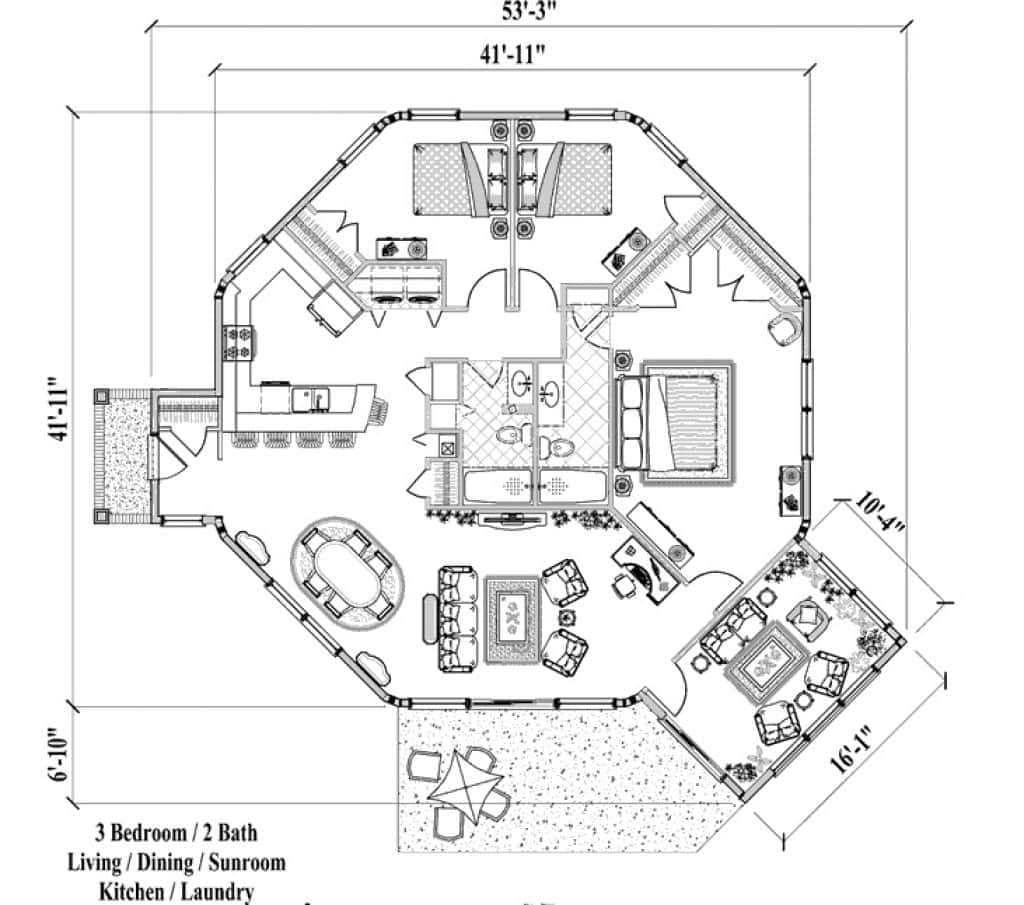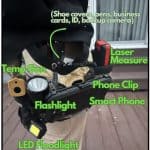
Every house has angles – right angles. How we measure those ‘other’ angles can make for a challenging assignment. We should be aware and well versed with interior angles of regular and the concepts of ‘regular polygons’. This will help us as appraiser’s close out a sketch properly. It is simple when a property has 4 right angles as we know that the sum of the interior angles should be 90°, 90°, 90° and 90° totaling 360°.
Let me clarify that no appraiser has issues closing out a sketch with all 90° angles however if you are measuring an octagonal addition to a property, it is important to know that the sum of interior angles of a regular octagon is 135°. We still measure the sides and angles (see below) however knowing the sum of interior angles will guide you in the sketching process.
You can always also use the tried and true “rise over run” method where you measure the bump out over the distance and the diagonal will be drawn in your sketching software. When you are using more regular shapes however, it is a good idea to know the sum of interior angles so that you can confirm that you will be able to close the sketch.

Interior Angle Sums
- Square or rectangular structure – 90° totaling 360°
- Pentagonal structure – 108° totaling 540°
- Hexagonal structure – 120° totaling 720°
- Heptagonal structure – 128.6° totaling 900°
- Octagonal structure – 135° totaling 1080°
- Nonagon structure – 140° totaling 1260°
- Decagon structure 144° totaling 1440°
From the image above, it is obvious that this is not a regular octagon however the “meat” of the building is and therefore, the angles within this portion would equal 135°. Now I am always going to recommend every appraiser to measure each side of a structure and if an angle is not 90°, refer to the regular polygon list and also measure the angle to confirm.
Finding The Proper Angle of a Corner on a Structure
An easy way to measure of any residential improvement (when its not an obvious 90°) is to carry an angle ruler (check price on amazon). I carry this with me on all inspections and while I don’t use it on the typical ranches or colonials, I will use it for a ‘bump-out’ measurement or for those odd-ball jobs I come across.

I use this digital angle ruler which collapses and fits in my pouch easy enough. I find using an angle ruler is easy and very simple to use.
These digital angle rulers are overly precise however i still use it to find the angle I need when helping closing out a sketch.









